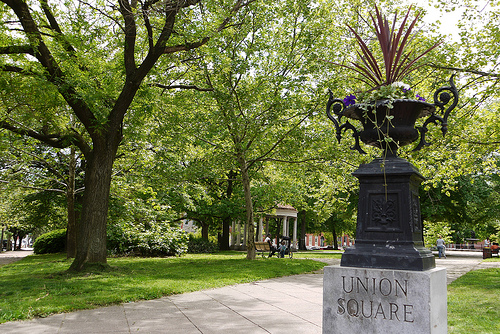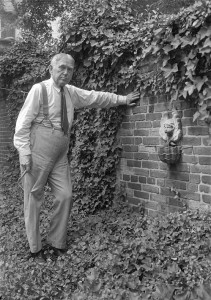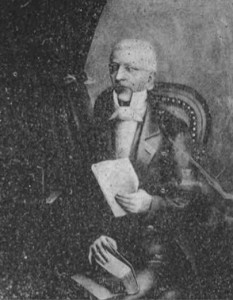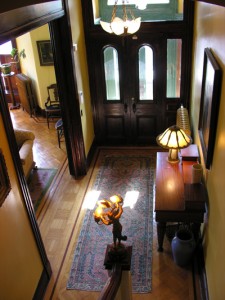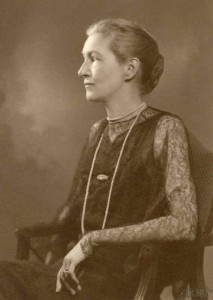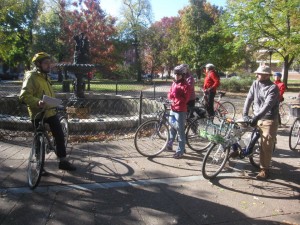
Beginning Memorial Day weekend, we are launching a brand-new series of Baltimore by Bike tours to highlight historic places in Baltimore. We are especially pleased that Dr. Ralph Brown, pediatrician, history lover, and founder of Monumental Bike Tours, has come out of tour retirement to lead many of our rolling sojourns this year. Our first tour – The Monuments of Baltimore – is this Sunday, May 27 for an affordable $10 or check out our free tour of West Baltimore Parks on National Trails Day, Saturday, June 2.
The Monuments of Baltimore
Sunday, May 27, 9:00 am to 12:00 pm
RSVP today! $10 per person.
Meet in front of the Lee-Jackson statute across the street from the main entrance to the Baltimore Museum of Art. The tour will return before noon.
What better way to get into the spirit of Memorial Day than by learning about Baltimore’s great historic monuments? Peddle between major and minor landmarks with a full dose of history along the way from Dr. Ralph Brown.
Explore West Baltimore Parks
Saturday, June 2, 10:00 am to 12:00 pm
RSVP today! Free!
Meet at the Francis Scott Key Monument – Eutaw Place and Lanvale Street.
West Baltimore’s unique landscape of parks and gardens feature everything from a monument to Francis Scott Key to innovative bioswales for sustainable stormwater management. The best way to get to know these local treasures? Hop on your bike and join us for a free National Trails Day ride through West Baltimore parks! Together with our partner Bikemore (a new citywide bike advocacy group), we’ll take an easy two-hour ride visiting over 10 small parks and gardens across west and southwest Baltimore.
Find more upcoming bike tours, including East Baltimore Bakeries by Bike on Saturday June 16 and West Baltimore Murals by Bike on Sunday, September 16 on our new Baltimore by Bike page!

